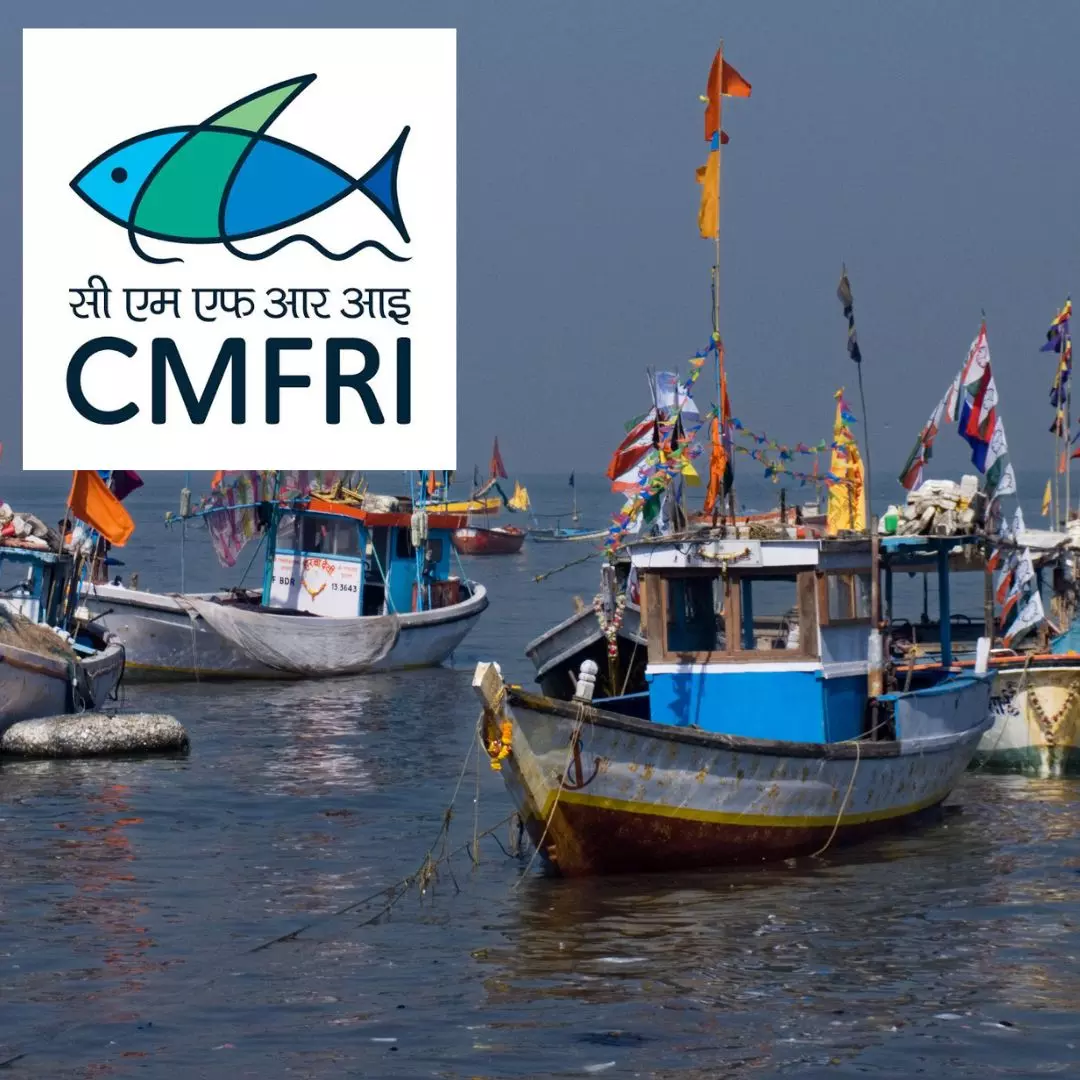Addressing the carbon footprint left behind by each industry is crucial at a time when the country is pacing toward net-zero emission goals. It gives a direction as to what, when, where, and how to act upon the greenhouse gas crisis. In a landmark research contributing to this understanding, the Indian Council of Agricultural Research (ICAR) and the Central Marine Fisheries Research Institute (CMFRI) has assessed the carbon footprint in India’s marine fisheries. Based on the initial studies, they have estimated that the sector emits about 1.32 tonnes of Carbon dioxide (CO2) to produce one tonne of fish. This number is considerably much lower than the global levels of more than two tonnes of carbon emission per tonne of fish.
Over 4,000 Million KG Emissions
Data regarding the marine department’s carbon footprint was presented at a review meeting of the fisheries component of the network research project National Innovations in Climate Resilient Agriculture (NICRA) of the ICAR. They assess the level of greenhouse gas (GHG) emitted from activities in the sector, from pre-harvesting to marketing. by converting it into CO2 equivalent.
The study was conducted at select fishing centres of all maritime states in the country. On this basis of which, the CMFRI found that the harvest phase in the country used more than 90 per cent of the total fuel used in the sector. The active fishing phase released CO2 emissions of about 4,934 million kg annually. The report was on the brighter side, and this was highlighted by Dr A Gopalakrishnan, director of the ICAR-CMFRI. He stated that “the country’s carbon emissions from the marine mechanised fisheries sector is 16.3 per cent lower than the global level.”
Changes In Marine Ecosystem
The NICRA project is mainly aimed at studying impact of climate change on agriculture and fisheries. Growing an understanding of the impact would then aid in developing and promoting climate-resilient technologies in vulnerable areas. As many as five research institutes under the ICAR, including two state agriculture universities and the CMFRI, have been working on the fisheries component of this project.
A report by New Indian Express quoted Dr Grinson George, principal scientist saying that the sea level rise, increased intensity of cyclones, and warming of the Indian Ocean have led to drastic changes in marine ecosystems. It has caused several fishes to go into depletion and the emergence of some other varieties. This also leads to some amount of disruption in the fish value chain. To this, the CMFRI proposed to develop climate-smart value chain critical points, a consumer education tool kit for emerging species, and policy advisory for seafood marketing.
Also Read: Employing Thousands Of Landless Farmers, This Man Has Revolutionized Inland Fishery
https://thelogicalindian.com/h-upload/2023/03/17/500x300_230614-untitled-design-3.webp
Environment
2023-03-17 10:51:28.0
India’s Carbon Footprint From Fisheries Sector Much Lower Than Global Level, Says Study











